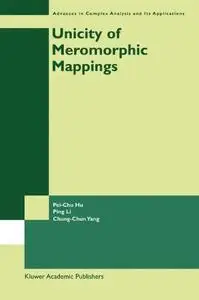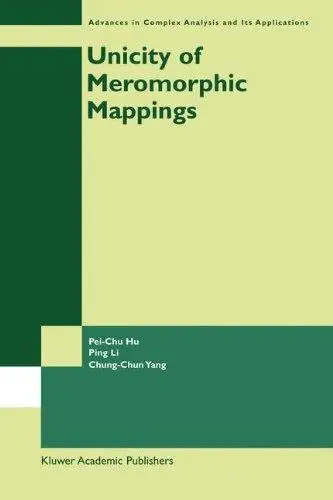Unicity of Meromorphic Mappings By Pei-Chu Hu, Ping Li, Chung-Chun Yang (auth.)
2003 | 467 Pages | ISBN: 1441952438 | PDF | 13 MB
2003 | 467 Pages | ISBN: 1441952438 | PDF | 13 MB
For a given meromorphic function I(z) and an arbitrary value a, Nevanlinna's value distribution theory, which can be derived from the well known Poisson-Jensen for mula, deals with relationships between the growth of the function and quantitative estimations of the roots of the equation: 1 (z) - a = O. In the 1920s as an application of the celebrated Nevanlinna's value distribution theory of meromorphic functions, R. Nevanlinna [188] himself proved that for two nonconstant meromorphic func tions I, 9 and five distinctive values ai (i = 1,2,3,4,5) in the extended plane, if 1 1- (ai) = g-l(ai) 1M (ignoring multiplicities) for i = 1,2,3,4,5, then 1 = g. Fur 1 thermore, if 1- (ai) = g-l(ai) CM (counting multiplicities) for i = 1,2,3 and 4, then 1 = L(g), where L denotes a suitable Mobius transformation. Then in the 19708, F. Gross and C. C. Yang started to study the similar but more general questions of two functions that share sets of values. For instance, they proved that if 1 and 9 are two nonconstant entire functions and 8 , 82 and 83 are three distinctive finite sets such 1 1 that 1- (8 ) = g-1(8 ) CM for i = 1,2,3, then 1 = g.



